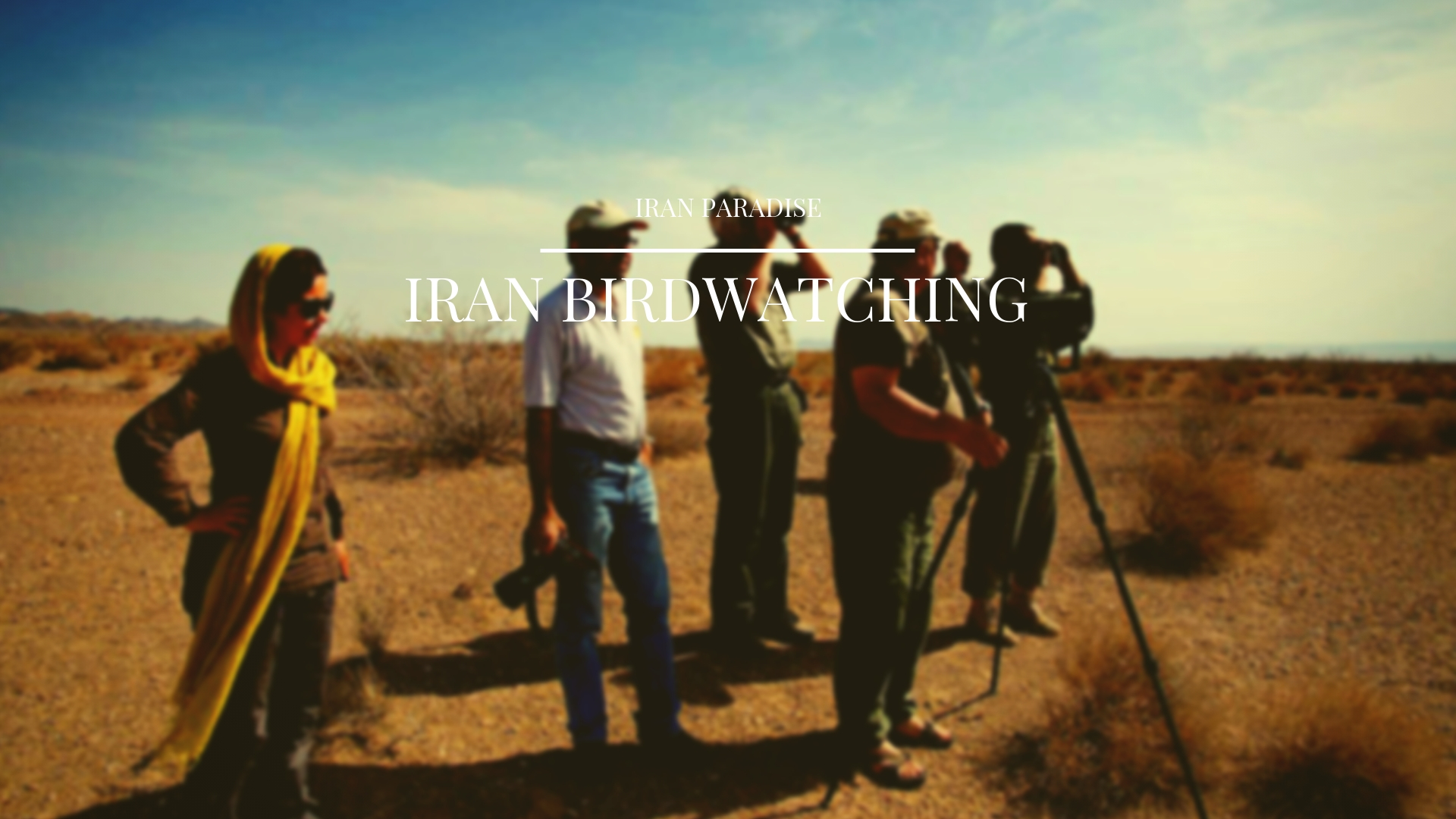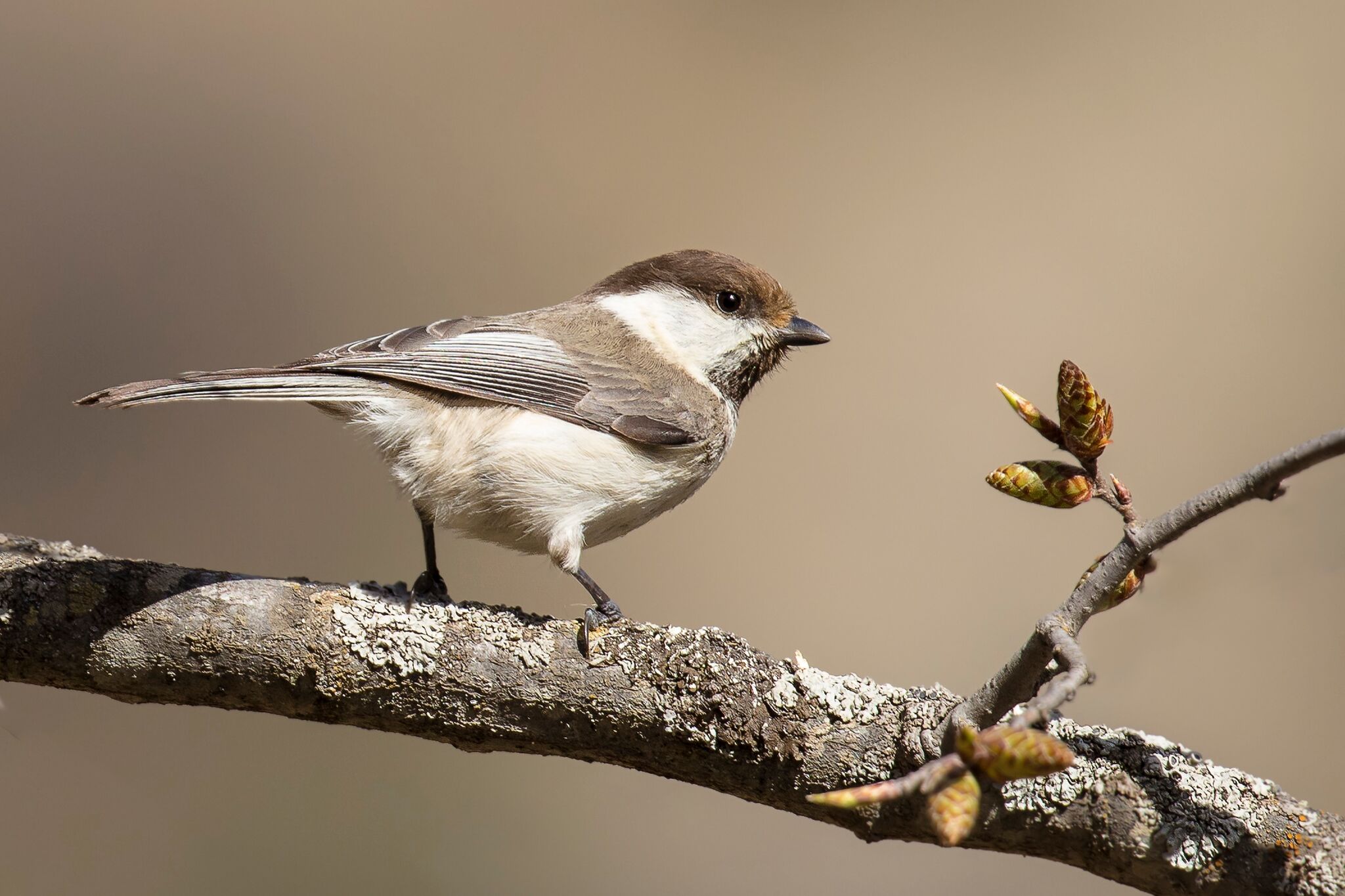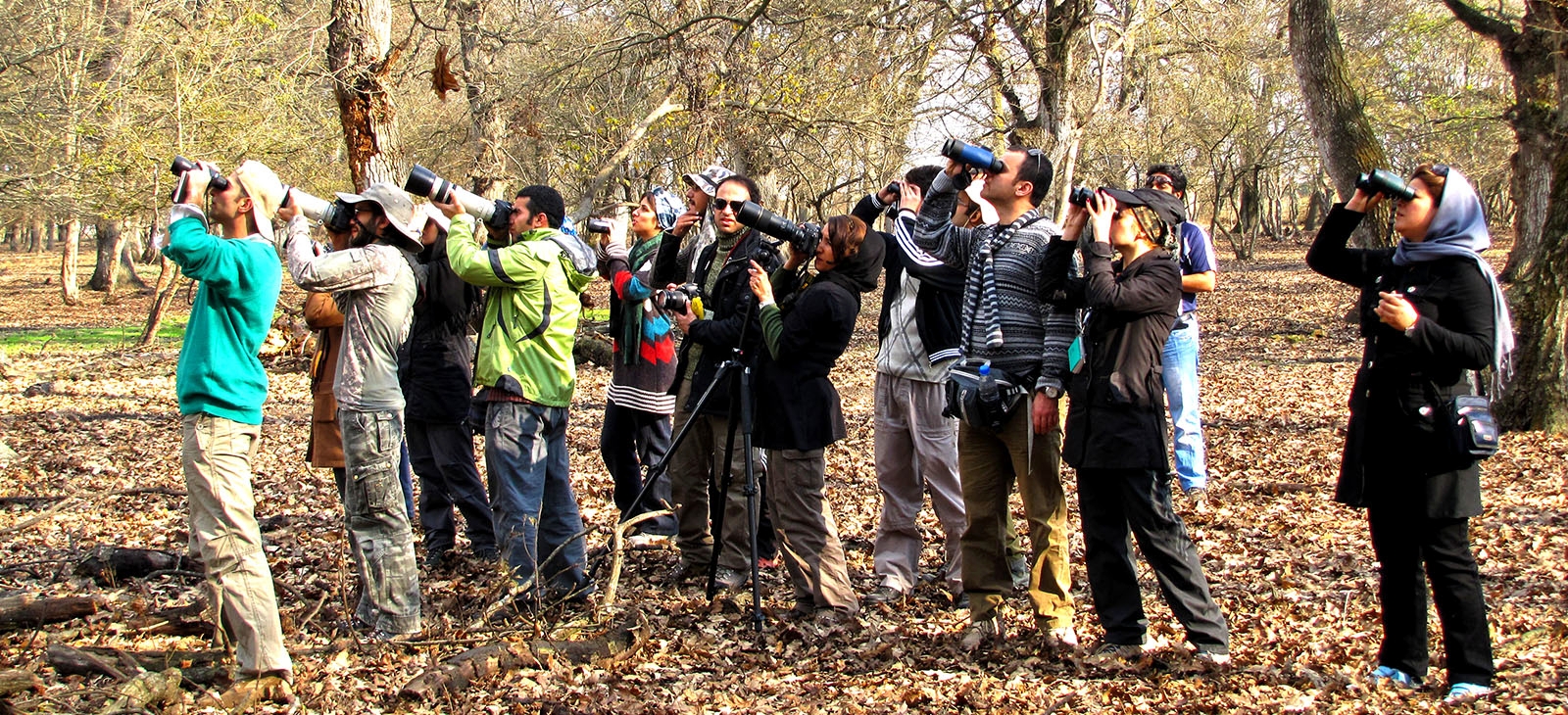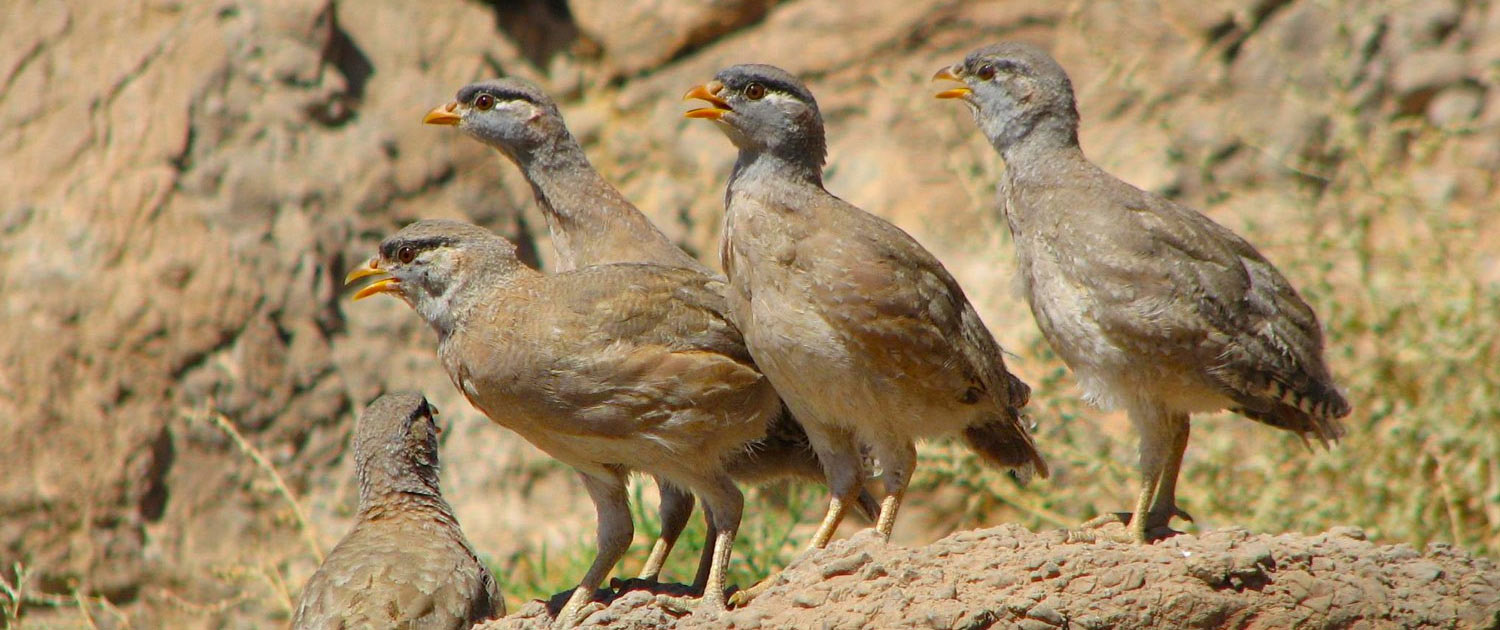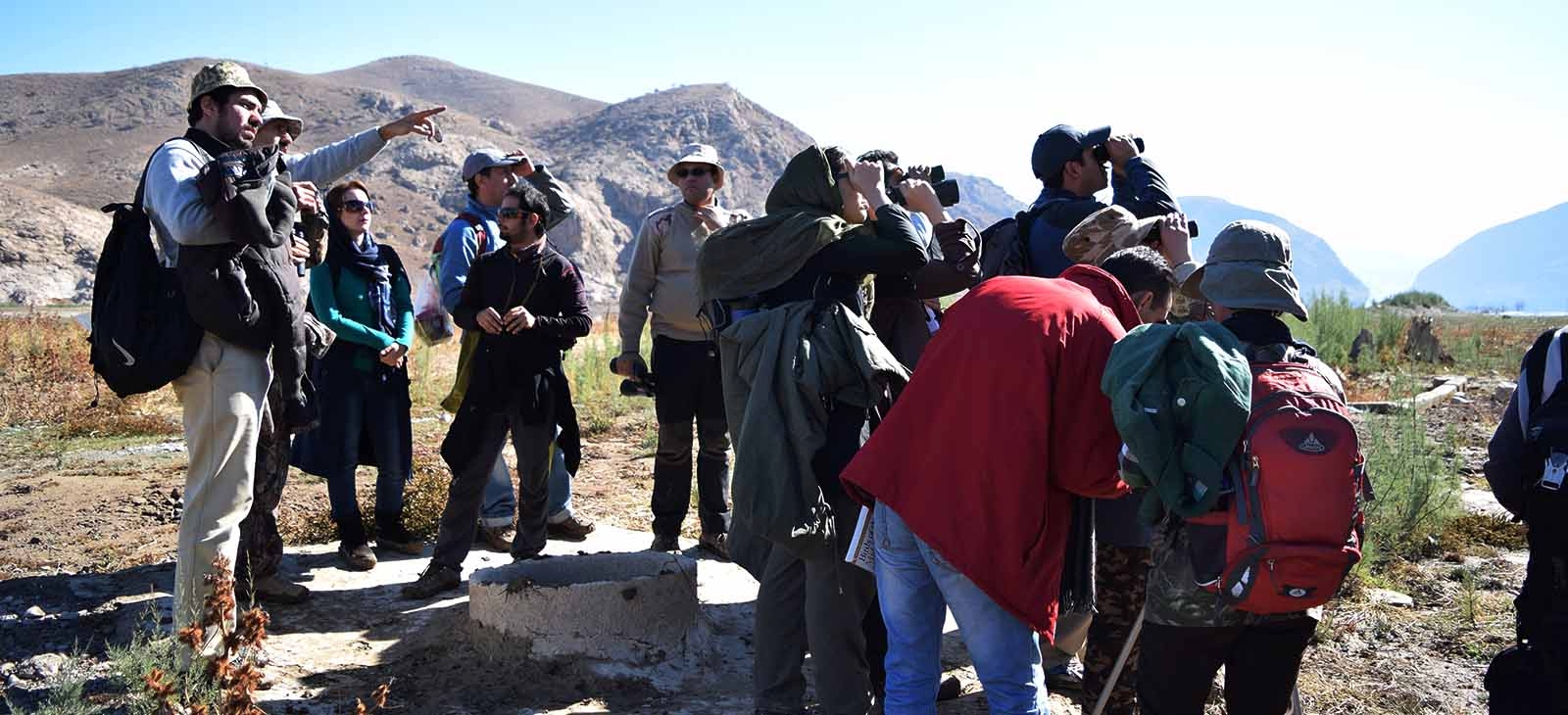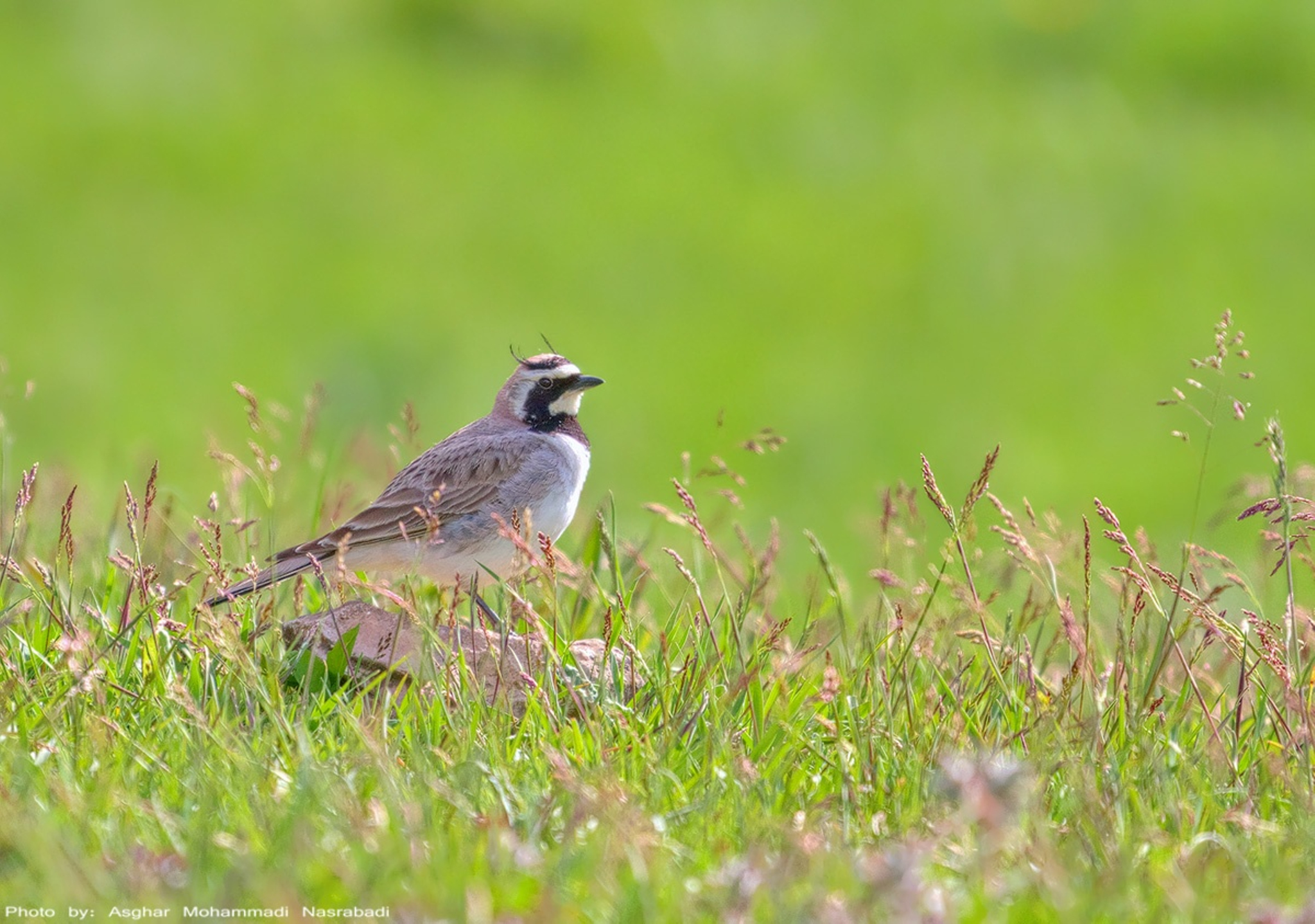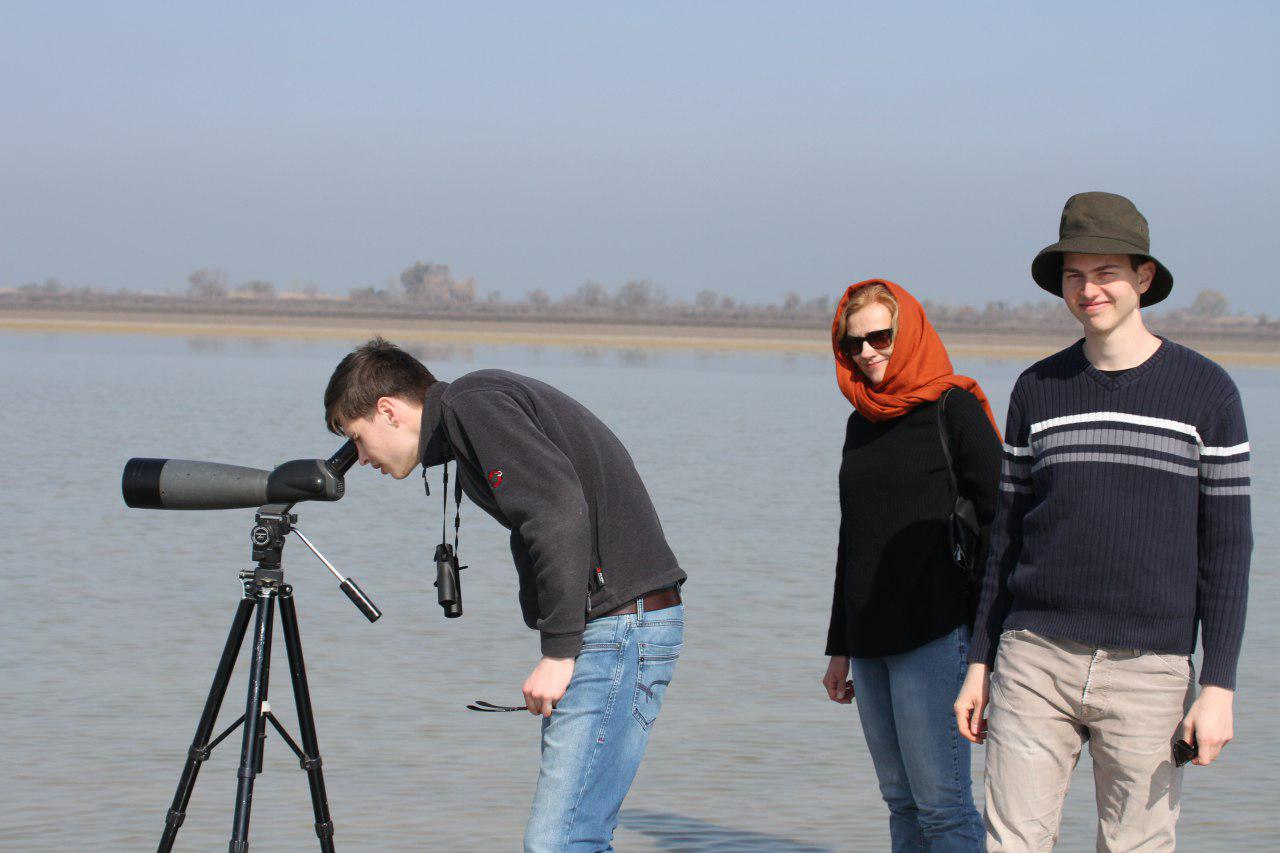Iran Birdwatching
Iran Birdwatching is suitable for experienced ornithologists and novice birders, thanks to the high number of bird species, the accessibility of the birding sites and the possibilities for year-round viewing. The country has endemic and rare birds, and species of special interest. Iran is home to more than 527 species. In fact Although large portions of the country are arid to semi-arid, Iran possesses a very rich and diverse bird fauna.
Two main factors are responsible for this; the great range of habitats—from permanent snows to deep deserts and from lush deciduous forest in the north to palm groves and mangroves in the south—and Iran’s position at a crossroads between three major faunal regions. The bulk of the country lies within the Palearctic faunal region, which stretches from Europe and North Africa across north and central Asia to the Soviet Far East and Japan. Lying along the southern edge of this region, Iran’s bird fauna includes a large Western Palearctic faunal element, reaching its eastern extremity in the central Alborz and Zagros mountains, and a smaller, but still marked, Eastern Palearctic element, which extends into northeastern Iran in the highlands of Khorasan. In a number of cases, western and eastern forms—either closely related species or well differentiated subspecies of a single species—come together with a narrow zone of hybridization in the central Alborz; e.g., the wheatears Oenanthe hispanica and O. pleschanka, the buntings Emberiza melanocephala and E. bruniceps, and the green-backed and gray-backed forms of the great tit Parus major (Haffer). In southern Iran, two other faunal regions have a pronounced influence on the avifauna: the Oriental region in the southeast, and the Afrotropical (Ethiopian) in the southwest.
Iran (formerly called Persia); with a land area of 1,648,184 km², borders Iraq, Turkey, Armenia, Azerbaijan, Turkmenistan, Afghanistan and Pakistan. The country has over 2,000 km of coastline in its southern region, along the Persian Gulf, Strait of Hormuz and the Gulf of Oman. With 491 recorded species, Iran has a very rich and divers bird fauna, despite the fact that large portion of the country is arid to semi-arid. This diversity can be seen in eight major habitat types:
True desert and semi-desert
The desert environment occurs throughout the central desert basin from south of the capital city Tehran through the great Dasht-e Kavir and Dasht-e Lut deserts to the Jaz Murian basin in central Baluchistan and locally along the southern coastal lowlands from north-west Khuzestan to Baluchistan. Bird species include:Houbara Bustard Chlamydotis undulata, Oenanthe monacha and A. cincturus,Hoopoe Lark Alaemon alaudipes, Desert Warbler Sylvia nana, Hooded Wheataer Oenanthe deserti & Oenanthe monacha and Trumpeter Finch Rhodopechys githaginea.
Semi-arid steppe
Much of Iran’s land surface supports a steppe vegetation dominated by the low shrub Artemisia herbaalba. The steppe is home to many of Iran’s commonest and most widespread birds. Characteristic species include: Long-legged Buzzard Buteo rufinus, Eurasian Kestrel Falco tinnunculus, Black-bellied Sandgrouse Pterocles orientalis, European Roller Coracias garrulous, European Bee-eater Merops apiaster, several species of lark, including the ubiquitous Crested Lark Galerida cristata, Isabelline Wheatear Oenanthe isabellina and Black-headed Bunting Emberiza melanocephala.
High mountains
The Alborz and Zagros mountains and the higher peaks of mountain ranges in Azerbaijan, Khorasan, Kerman and Baluchistan provinces support a mountain fauna typical of all high mountain ranges of Western Europe to the Himalayas. Species include: Golden Eagle Aquila chrysaetos, Bearded Vulture Gypaetus barbatus, Alpine Swift Tachymarptis melba, Eurasian Crag-martin Hirundo rupestris, Horned Lark Eremophila alpestris, Alpine Chough Pyrrhocorax graculus, Alpine Accentor Prunella collaris, Rock Thrush Monticola saxatilis, Black Redstart Phoenicurus ochruros, Wall Creeper Tichodroma muraria and Snow Finch Montifringilla nivalis. Caucasian Snowcock Tetraogallus caspius, confined to high mountain ranges in Turkey and Iran, is locally common on the higher peaks in the Alborz and Zagros.
Forests and woodland
Although of rather limited extent, Iran’s forested regions have a very rich bird fauna barely different from that of a central European woodland. Common species include: Woodpigeon Columba palumbus, Green woodpecker Picus viridis, Great Spotted Woodpecker Dendrocopos major, Tree Pipit Anthus trivialis, Red-backed Shrike Lanius collurio, Jay Garrulus glandarius, Wren Troglodytes troglodytes, Dunnock Prunella modularis, Blackcap Sylvia atricapilla, Icterine Warbler Hippolais icterina, Robin Erithacus rubecula, Nightingale Luscinia megarhynchos, several species of Turdus, several species of Tit Parus, and Chaffinch Fringilla coelebs. The drier and more open oak woodlands of the western Zagrous have a Mediterranean element and includes species such as Syrian Woodpecker Dendrocopos syriacus, Masked Shrike Lanius nubicus, Black-eared Wheatear Oenanthe hispanica and Rock Bunting Emberiza cineracea.
In the even drier woodlands in the eastern Zagros, the Kerman highlands, and isolated mountains in northern Baluchistan, only a handful of western Palearctic species occur. Characteristic birds here include a mixture of Middle Eastern specialties, e.g. White-throated Robin Irania gutturalis and Plain Leaf Warbler Phylloscopus neglectus, eastern Palaearctic species, e.g. Isabelline Shrike Lanius isabellinus and Hume’s Lesser Whitethroat Sylvia althaea, Indo-Malayan species, e.g. Bay-backed Shrike Lanius vittatus and western Palaearctic species at the extreme edge of their ranges. e.g. Blackbird Turdus merula. Finally, throughout the remoter mountain ranges of Iran there still exist good stands of juniper woodland with specialties such as Red-Fronted Serin Serinus pusillus and, in the northeast, White-winged Grosbeak Mycerobas carnipes.
The southern lowlands
The hot tropical climate of the southern coastal lowlands supports a flora and fauna quite unlike that of the rest of Iran. From northwest Khuzestan to eastern Iranian Baluchistan, open park-like stands of Acacia, Prosopis and tamarix and extensive date palm groves provide suitable habitats for a variety of Indo-Malayan/Afro-tropical species, such as Laughing Dove Streptopelia senegalensis, Indian Roller Coracias benghalensis, Green Bee Eater Merops orientalis, White-eared Bulbul Pycnonotus leucotis, Graceful Warbler Prinia gracilis, Common Babbler Turdoides caudatus, Purple Sunbird Nectarinia asiatica and Yellow-Throated Sparrow Petronia xanthocollis. A number of species of Indo-Malayan origin, such as Indian Sand Lark Calandrella raytal, Common Myna Acridotheres tristis, and Sind Sparrow Passer pyrrhonotus, are confined to extreme south-east Iranian Baluchistan, while several others extend only as far west as the Bandar Abbas region, e.g. White-eyed Buzzard Butastur teesa, Indian Grey Francolin Francolinus pondicerianus and Sind Woodpecker Dendrocopos assimilis. In the west, the riverside poplar thickets and marsh-edge habitat of Khuzestan hold several specialties, such as Grey Hypocolius Hypocolius ampelinus, Iraq Babbler Turdoides altirostris and Dead Sea Sparrow Passer moabiticus.
Wetlands
The south Caspian Sea, with 700km of sandy shoreline, and the freshwater lakes, marshes and brackish lagoons in central Gilan, the Gorgan Bay area, and the Turkoman steppes provide a complex of breeding and wintering areas for waterfowl. Estimates for mid-winter population of ducks, geese, swan and coots are well over a million birds, with perhaps as many birds occurring on passage in spring and autumn. In addition, there are large wintering populations of Pelecanus crispus, Greater Flamingo Phoenicopterus rubber, grebe herons and egrets, shorebirds and gulls. During the spring and autumn migration seasons, large numbers of shorebirds pass through the south Caspian on their way between breeding grounds in the Arctic and wintering grounds in the Persian Gulf and eastern and southern Africa, and in summer the marshes teem with breeding Great Cormorant Phalacrocorax carbo, herons, egrets, gallinules including Purple Swamphen Porphyrio prophyrio, and Whiskered Tern Chlidonias hybridus.
The other major wetland areas in Iran are not less spectacular. The wetlands around the highly saline Lake Urmiya support large breeding colonies of waterfowl, notably Greater Flamingo Phoenicopterus rubber, Great White Pelican Pelecanus onocrotalus, Spoonbill Platalea leucorodia, Glossy Ibis Plegadis falcinellus, White Stork Ciconia ciconia, Common Shelduck Tradorna tradorna, Ruddy Shelduck Tradorna ferruginea, Avocet Recurvirostra avosetta, Black-winged Stilt Himantopus himantopus, Armenian Gull Larus armenicus and Slender-billed Gull Larus genei. These wetlands are important for passage shorebirds and in mild winters can hold over 50.000 wintering ducks and geese.
The flood-plains of the Dez-Karun and Karkheh rivers in Khuzestan, the complex for fresh, brackish and saline lakes at the inland delta of Hiramnd river in Sistan of the Afghan border, and the network of fresh and saline lakes in central Fars, particularly Bakhtegan, Tashk, Maharlu, Parishan lakes and the dasht-e Arjan marshes all provide habitat for many hundreds of thousand of wintering waterfowl. In addition to a wide range of ducks, geese and shorebirds, these wetlands are particularly important for wintering of Great White Pelican Pelecanus onocrotalus (Fars and Sistan); Sacred Ibis Threskiornis aethiopicus (Khuzestan); White stork Ciconia ciconia (Khuzestans and Fars); Greater Flamingo Phoenicopterus rubber (Fars) and Common Crane Grus grus (all three areas). In years of good rainfall, wetlands in all three regions can be of great importance for breeding waterfowl, particularly herons, egrets, Spoonbill Platalea leucorodia, Glossy Ibis Plegadis falcinellus, Red-wattled Lapwing Vanellus indicus, White-tailed Lapwing Vanellus leucurus and Collared Pratincole Glareola pratincola.
Persian Gulf and Makran coastal habitats
The tidal mudflats, mangrove, sand beaches, rocky shores and sea-cliffs of Iran’s south coast support a variety of breeding and wintering waterfowl and seabirds. Breeding species include Crab Plover Dromas ardeola, Great Thick-knee Burhinus recurvirostris (only in the sea); several species of herons and egrets such as Indian Pond-Heron Ardeola grayii, Western Reef Heron Egretta gularis and Goliath Heron Ardea goliath (in mangrove); and several species of terns. Wintering species include Spoonbill Platalea leucorodia, Osprey Pandion haliaetus, White-tailed Eagle Haliaeetus albicilla, and also many shorebirds notably African Black Oystercatcher Heamatopus ostralegus, Bar-tailed Godwit Limosa lapponica, Curlew Numenius arquata and Plovers Charadrius spp. , Scuas Stercorarius spp. , Gulls Larus spp. , and Terns Sterna spp.
Offshore Islands
The many small and uninhabited islands in the Persian Gulf and Strait of Hormuz provide ideal breeding grounds for large colonies of seabirds. The main species are: Great Crested Tern Sterna bergii, Lesser Crested Tern Sterna bengalensis, White-cheeked Tern Sterna repressa and Bridled Tern Sterna anaethetus, but small colonies of Red-billed Tropicbird Phaethon aethereus, Socotra Cormorant Phalacrocorax nigrogularis and Saunders`s Tern Sterna saundersihave been found, and Persian Shearwater Puffinus persicus probably breeds.
Tags:Afrotropical, Birdwatching, central Alborz, Dasht-e Kavir, Dasht-e Lut, Ethiopian, hispanica, Iran, Iran Birdwatching, Jaz Murian, Oenanthe, Palearctic faunal, semi-desert, True desert, wheatears, Zagros Mountains


